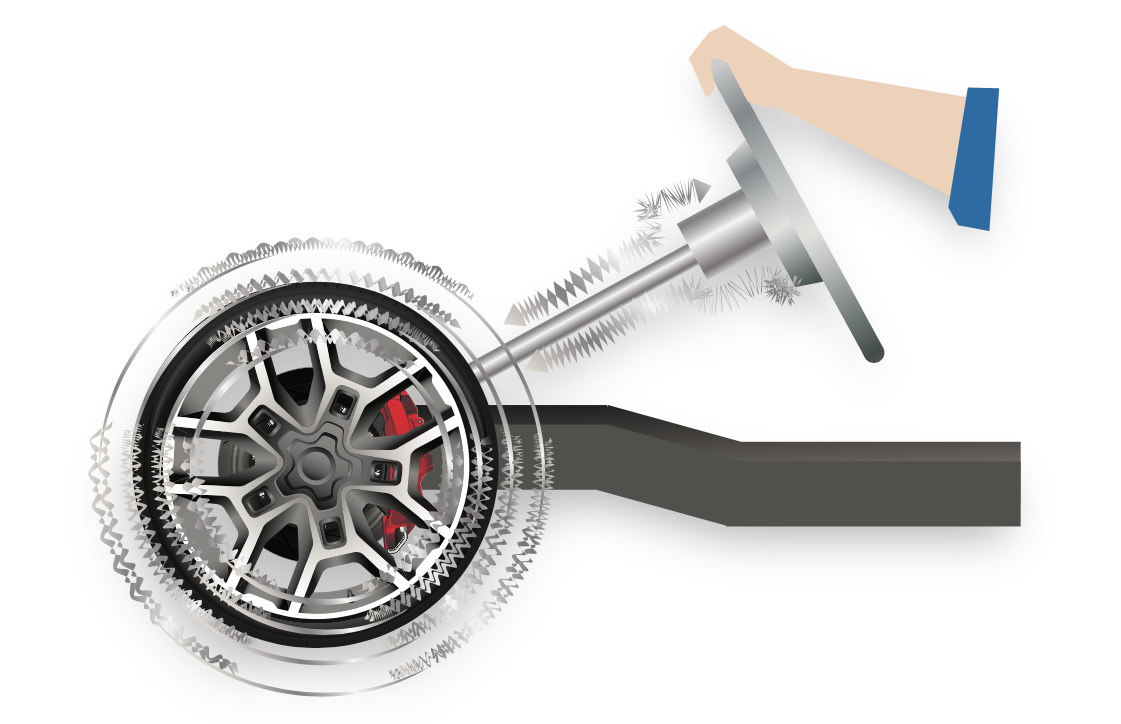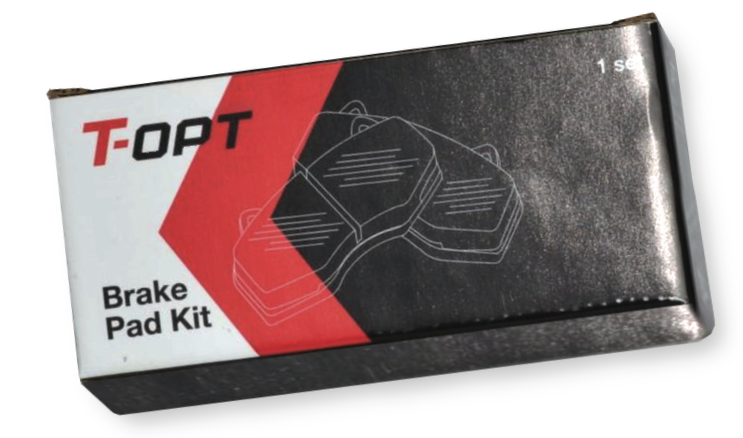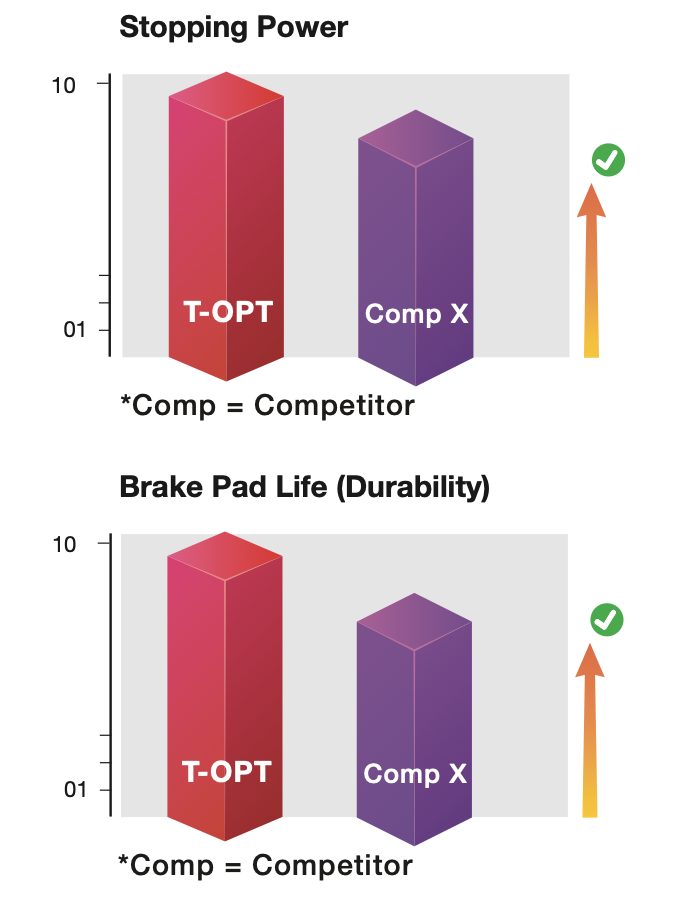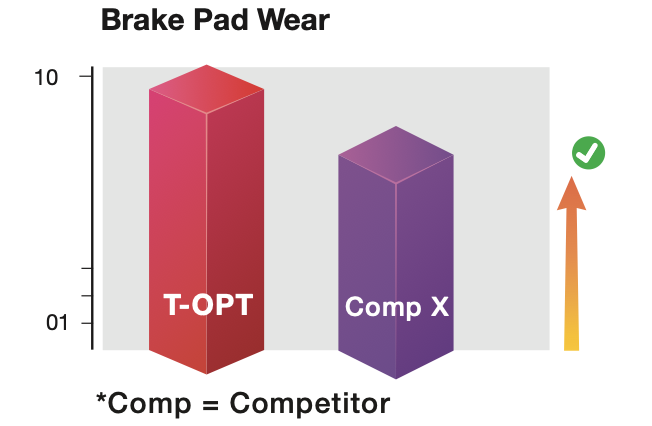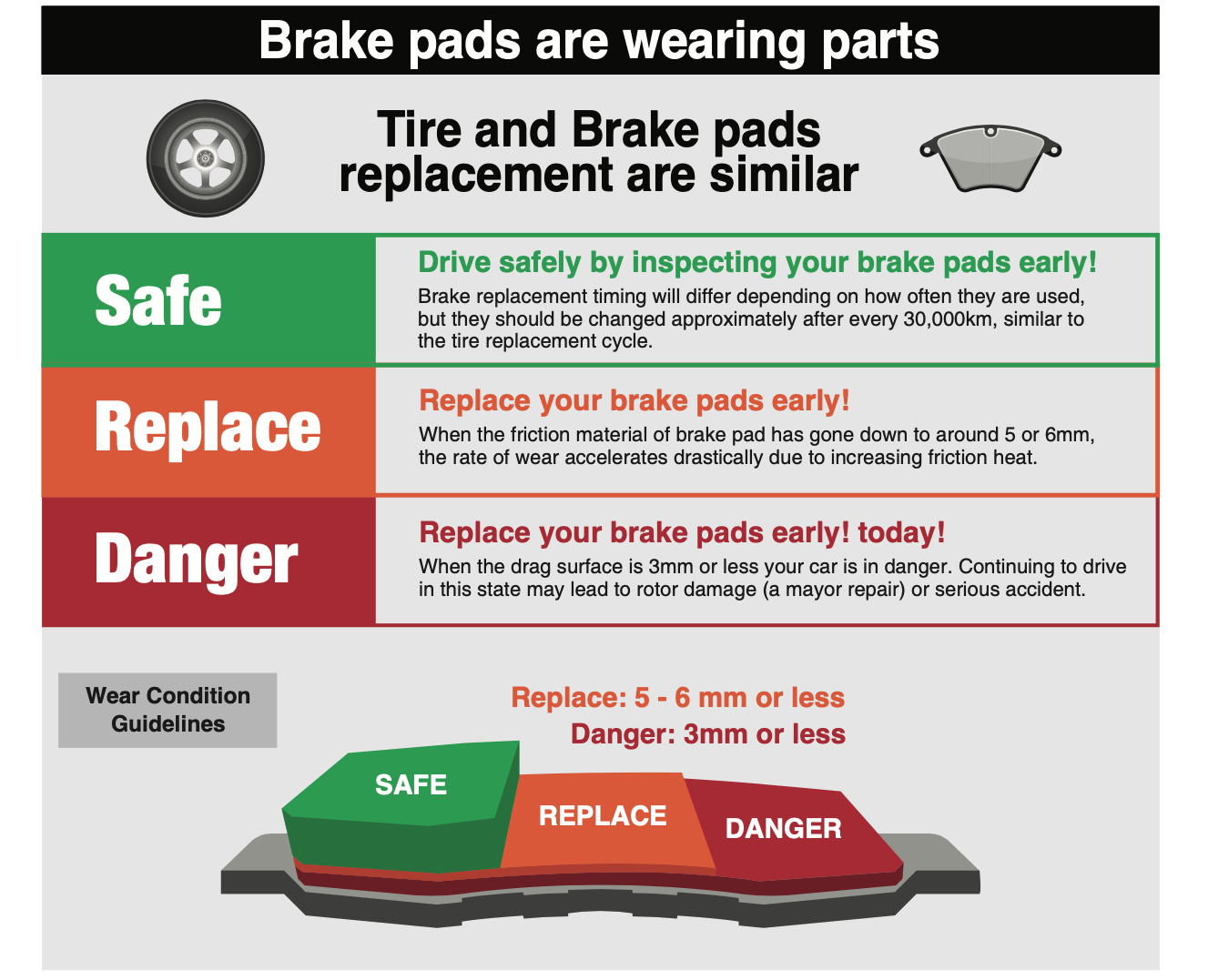Brake Pad
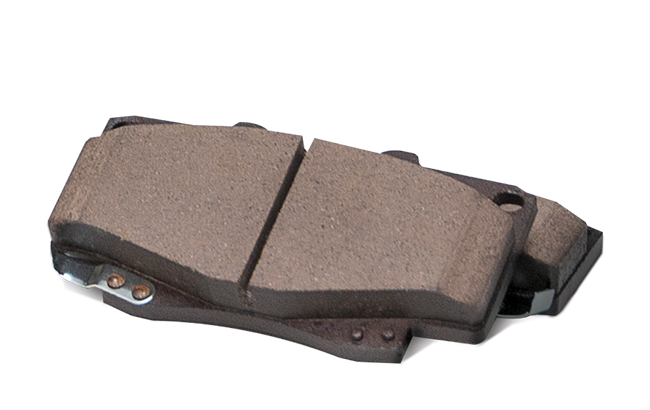

Brake pads are made of high friction material. During braking, the pads squeeze the rotating disc, slowing or stopping the vehicle safely.
Brake pads are responsible for absorbing the force of the braking system and should be replaced before it loses effectiveness. High quality brake pads will brake smoothly, without noise or judder and does not create dust. It also efficiently absorbs and disperses heat and does not wear out other brake system parts like rotors.
Based on tests conducted, we recommend replacement intervals of every 30,000km. This is also dependent on terrain, weather conditions and driving style. However, should you notice unusual sounds, vibrations or a shaky steering wheel or extremely sensitive or insensitive braking, an immediate replacement may be needed. Especially in the event of severe weather conditions, do check with your mechanic for possible wear and tear.
Kindly refer to the recommendations in your manufacturer’s manual and your vehicle’s maintenance records.
